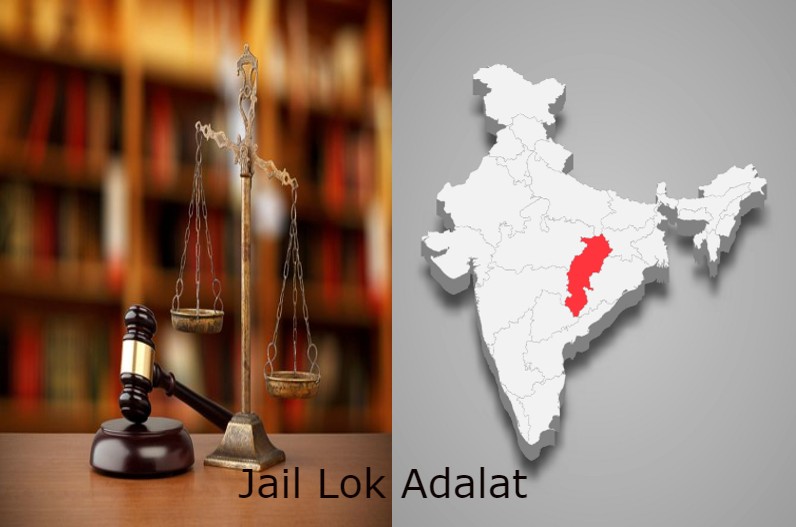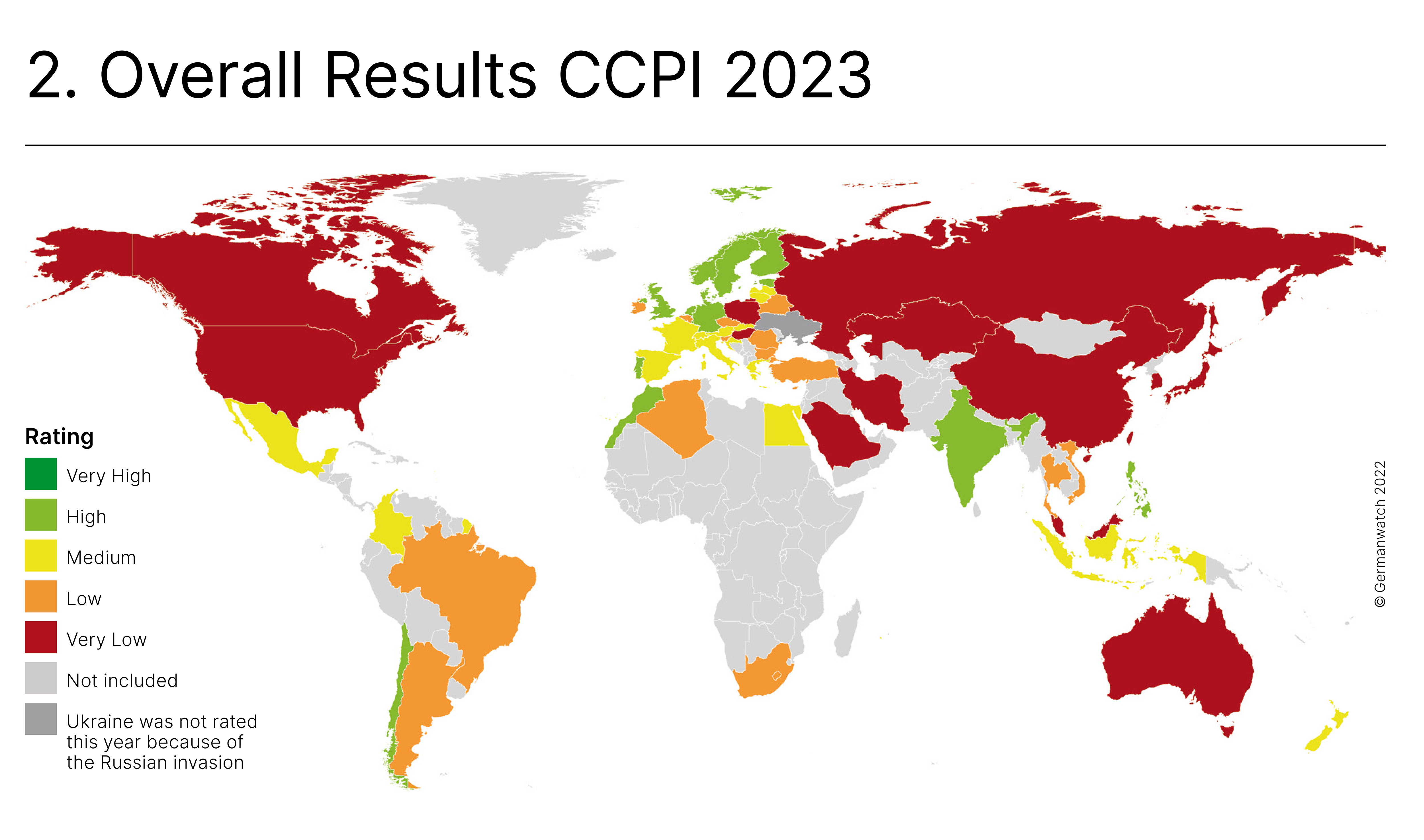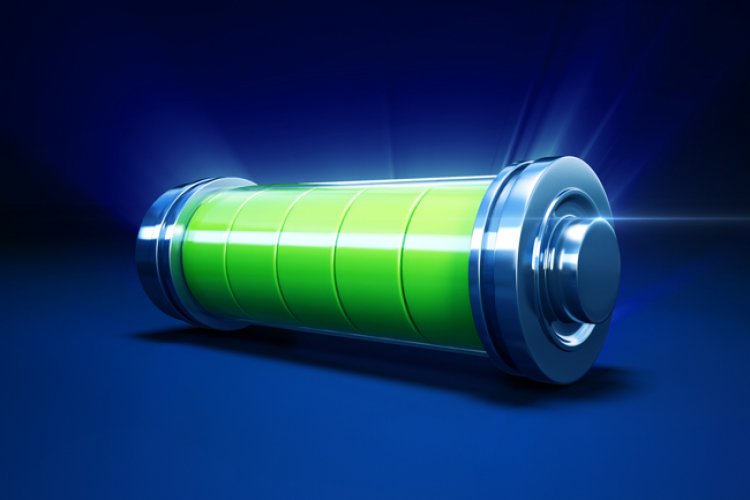Derivatives
What are Derivatives?
Derivatives are financial contracts /Security that derive their value from the value of the underlying asset.
The underlying asset can be equity, bonds, currencies, commodities or other assets.
Examples of Derivatives
Let’s look at a simple example to understand the world derivatives.
The cost of milk has gone up from Rs 58/litre to Rs 62/litre?
Than the cost of curd went up from Rs 56/500 grams to Rs 62/500 grams .
Then the cost of cheese, would now cost Rs 210/200 grams instead of Rs 180 / 250 grams .
Curd and cheese have no value of their own. They derive their value from the value of the underlying asset i.e. ‘milk’.
So, derivatives are financial contracts, which have no value of their own but they derive their value from the price of the underlying asset. An increase in the price of the underlying asset will lead to an increase in the price of its derivative.
So, expensive milk equals expensive curd.
The derivative is a contract between two or more parties .
Its value is determined by fluctuations .
A derivative allows an investor to buy and sell an asset for a future date
The most common underlying assets include stocks, bonds, commodities, currencies, Interest rates and market indexes.
A …..derivative is a….. financial security such as ….Swaps ,future contacts….
The National Stock Exchange of India Limited (NSE) commenced trading in derivatives with the launch of index futures in 2000.
Derivative trading can also be done on BSE.
Types of Derivatives-
1-Options 2-Swaps 3-Currency Derivatives
1-Options-
Call options –
Provides the holder the right (but not the obligation) to purchase an underlying asset at a specified price (the strike price), for a certain period of time.
-Example-
With a call option contract, Ram buy the right (but not the obligation) to purchase 100 shares of a company at a set strike price, Rs-100 per share with an expiration date three months in the.
Suppose within those three months of Ram buying the call option the prices of the stock goes up to Rs 110.
Now Ram can buy 100 shares at Rs100 for Rs10,000, sell them for Rs 11,000, and pocket the profit Rs1000 in profit .
A Put option –
is an option contract giving the owner the right, but not the obligation, to sell a specified amount of an underlying security at a specified price within a specified time frame.
For example-
If Ram buys 100 shares of Stock at Rs-10 per share, he might hedge his investment by buying a put option with a Strike price of Rs-9 expiring in one year.
This option gives Ram the right to sell 100 shares of STOCK for Rs - 9 anytime for 1 year.
2-Swaps- Performed over-the-counter -
A swap is a derivative contract through which two parties exchange financial instruments.
These instruments can be almost anything, but most swaps involve cash flows based on a notional principal amount that both parties agree to.
The notional principal amount, in an interest rate swap, The notional principal never changes hands in the transaction, which is why it is considered notional, or theoretical.
Neither party pays nor receives the notional principal amount at any time; only interest rate payments change hands.
One cash flow is generally fixed, while the other is variable, that is, based on a a benchmark interest rate, floating currency exchange rate, or index price.
Example-
-The most common kind of swap is an interest rate swap (Float and fixed intrest rates).
The swap rate is the fixed interest rate demanded by the receiver of a swap to exchange the uncertain floating rate payments over time.
The forward curve shows the market’s forecast of future floating interest rates.
Swaps do not trade on exchanges, and retail investors do not generally engage in swaps.
Rather, swaps are over-the-counter contracts between businesses or financial institutions.
-Credit Default Swap (CDS):
3-Currency Derivatives-
In August 2008, currency derivatives were introduced in India with the launch of Currency Futures in USD INR, Euros, Pounds and Yen by NSE.
Currency derivatives in India are dominated by RBI and importers-exporters.
Example-
Mr Ram imports 100 kgs of chips (cost of 1 chip is 10 Usd )from the US worth Rs- 8000=00 at the current USD/INR rate of 8 .
If he were to make the payment today, then he will have to shell out Rs-8000= But the payment has to be made after 3 months.
Mr Ram is worried. He is expecting the USD/INR rate to go up from Rs-8 to Rs 10 in the next 3 of months.
This means that Mr Raam will now end up paying Rs 10,000=00 instead of Rs-8000=00 i.e. Rs2,000 more!
But Mr Ram can hedge this Rs 2000 loss by using currency derivatives.
As he expects the USD/INR to increase, he can buy currency futures of USD/INR at the current rate of RS-8 to make him secure .
-------



.jpg)
.jpg)
.jpg)
.jpg)
.jpg)
.jpg)

.jpg)


.jpg)
